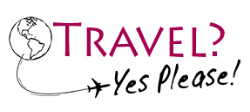The Pisac Ruins- Gateway to the Sacred Valley of the Incas
Purchases made through links earn us a small commission, at no extra cost to you.
As we wandered through the colourful markets of Pisac, all I could think about was visiting the Pisac ruins.
“No more shopping,” I urged Mike, “let’s get to the ruins!”
I was eager to see this spectacular site, known for its steep hillside of agricultural terraces.
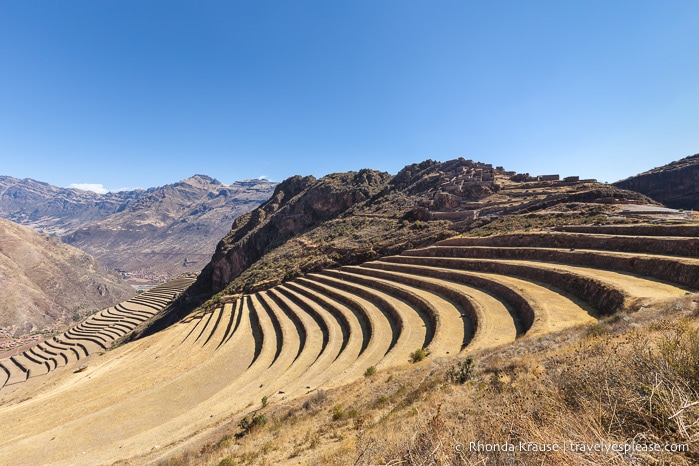
The Pisac ruins were the only archaeological site in the Sacred Valley we could visit, since a strike was blocking access to all others. I wanted to get there quick, just in case the situation changed.
So, we left the markets behind and met up with our private guide who drove us up to Pisac’s hilltop Inca citadel.
About the Pisac Ruins
The Pisac ruins, also known as Inca Pisac, guard the southern entrance to the Sacred Valley.
Very little is known for sure about the site, including when and why it was built. One theory is that it was built by Inca ruler Pachacuti, to commemorate his victory over the Cuyos people. Another possibility is that Inca Pisac was constructed to protect Cusco from attacks by tribes of the Antis nation.
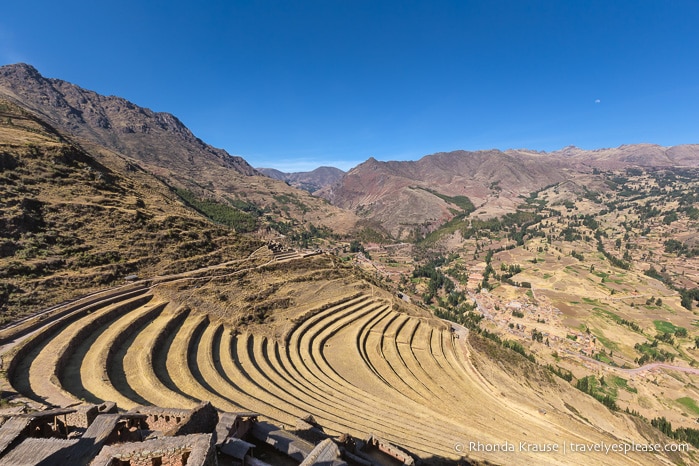
Regardless of why it was built, there’s no doubt that Inca Pisac occupies a strategic location. Perched high on a mountain ridge above the village of Pisac, there’s a clear view of the surrounding valley. The ancient city is also protected by a plunging gorge.
Inca Pisac was grouped into sections, so the ruins are spread apart but accessible by paths. There was an agricultural zone, military sector, urban quarters, ceremonial centre and a cemetery.
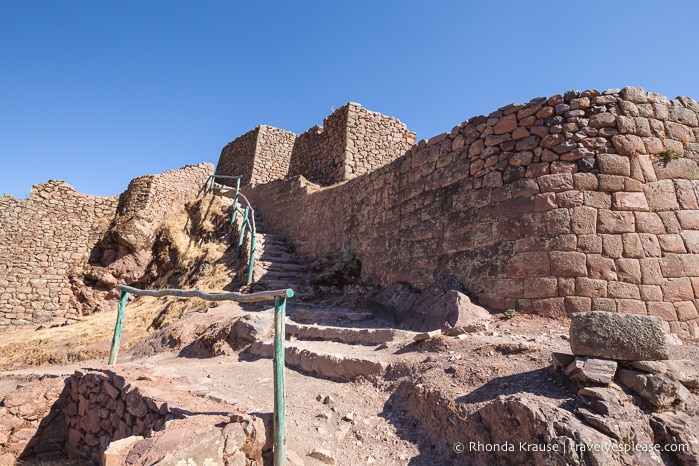
Our Visit to the Pisac Ruins
We hadn’t even left the parking area yet and I was already extremely impressed with Pisac.
Gazing across the valley at the dusty mountains and patchwork of land below, I was stopped in my tracks, mesmerized by the scenery around me.
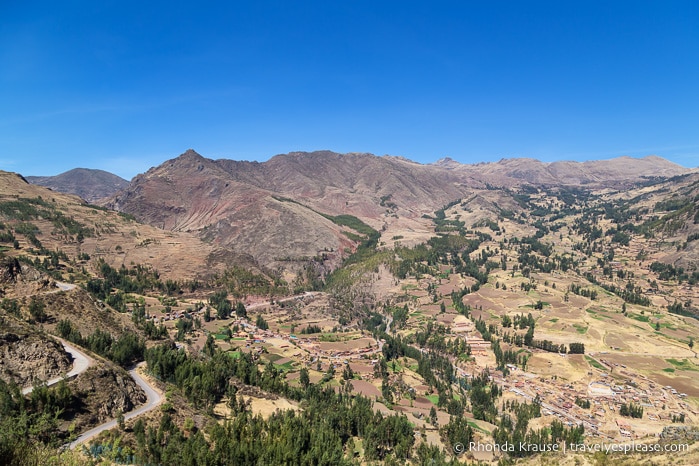
“Oh wow,” were the only words I could string together.
As I walked into the archaeological site, every few steps I would turn my head to the left, staring over my shoulder at the sprawling view.
It wasn’t very far until we arrived at Qantus Raccay, one of Pisac’s residential areas. Here we saw a group of Inca baths, possibly used for religious purposes, and some other urban buildings.
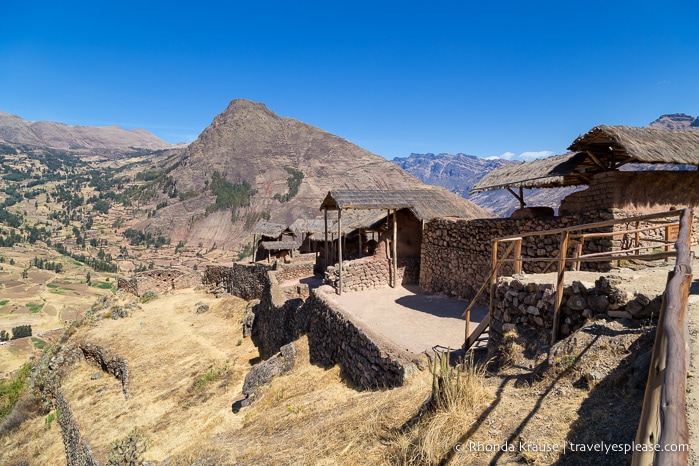
Just around the corner from Qantus Raccay was the view I had been waiting all day to see- the terraces!
I had seen pictures of these agricultural terraces before but was not prepared for the actual scale of them in real life. They went almost as far down the mountain as I could see!
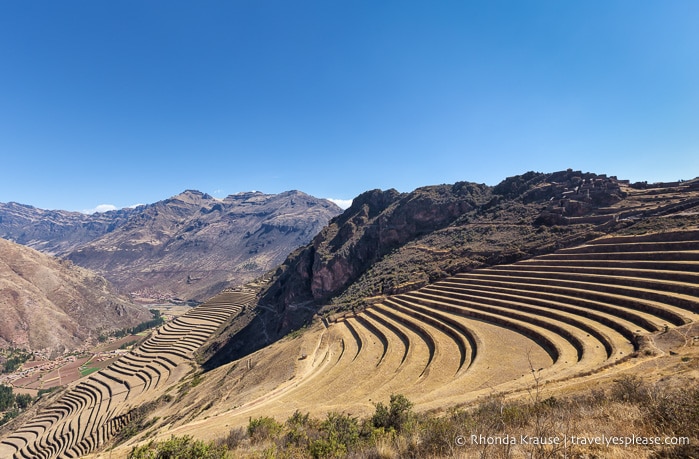
Following the path above the terraces, we made our way towards the back of the site where the gorge is. Our guide told us to look across at the rock face, drawing our attention to the hundreds of small holes in the cliff wall.
This used to be a huge Inca cemetery, containing more that 1000 tombs. Treasure hunters looking for valuables raided the tombs but, according to our guide, left empty handed, as the people buried here weren’t wealthy.
The next area we explored was Q’alla Q’asa, the highest point of Pisac. It’s believed this was a military area, with living quarters for the guards.
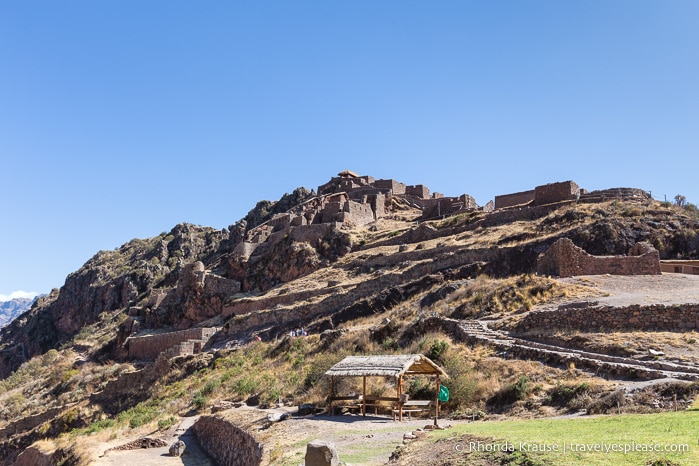
We spent most of our time at Pisac wandering through the buildings here. As we explored, we noticed they were made with smaller field stones, not the large, precisely fitting stone blocks the Inca are know for. The Inca reserved their best construction methods for ceremonial centres and buildings for the elite.
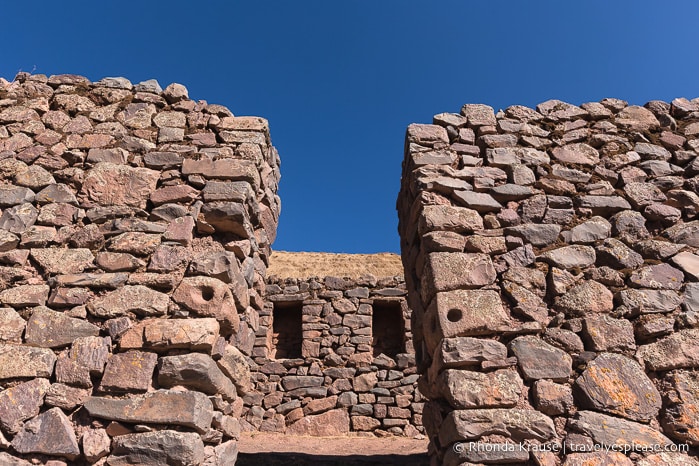
Although Q’alla Q’asa may not have top-of-the-line construction, it still has some impressive engineering. Most of the buildings are built onto the side of a rocky cliff, making the most of the few areas of flat land and blending in nicely with the surroundings. The Inca also had running water here.
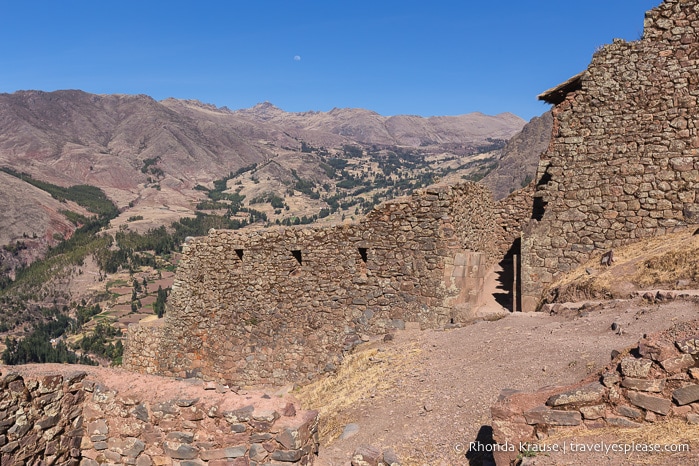
As much as we enjoyed climbing up and down the small streets and visiting these ancient structures, nothing could beat the view from Q’alla Q’asa. Looking down on Pisac’s gracefully curved terraces and mountain-lined valley, I understood why the Inca loved to build their cities on high ridges. Just stunning!
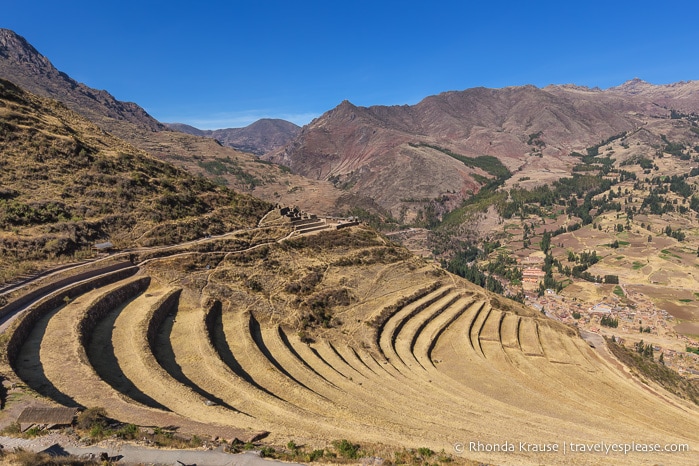
Since we spent so much time exploring the military area and gawking at the views, we didn’t get a chance to hike over to the other side of the hill to see the ceremonial centre. In hindsight I wish we did, but at least we got to see an Inca ceremonial area at Machu Picchu.
Final Thoughts About the Pisac Archaeological Site
The Pisac ruins were one of our favourite attractions in Peru and the highlight of our tour of the archaeological sites near Cusco.
We loved the scenic location and the terraces were far more impressive than what I’d seen in pictures.
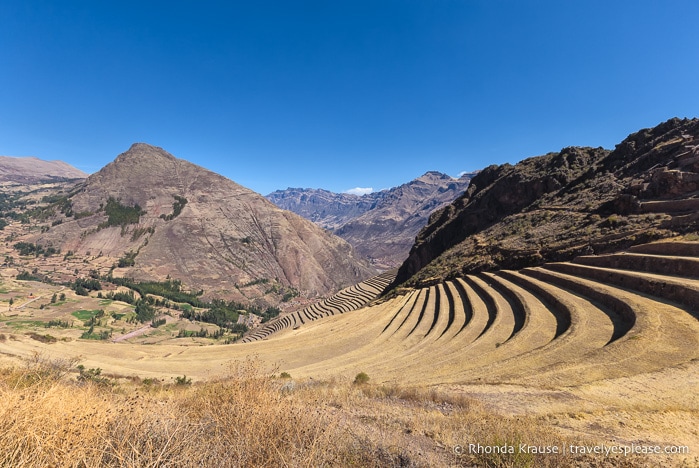
The best part was that there were only a few other tourists here. It was a pleasure to have the ruins almost all to ourselves and not have to shuffle through in a crowd like at Machu Picchu, even Sacsayhuaman in Cusco.
If I ever make another trip to Cusco, I would love to return to the Pisac ruins and explore some of the areas we missed out on. Next time I’d have a taxi drive me to the top, then I’d hike through the archaeological site and back down to the village of Pisac.
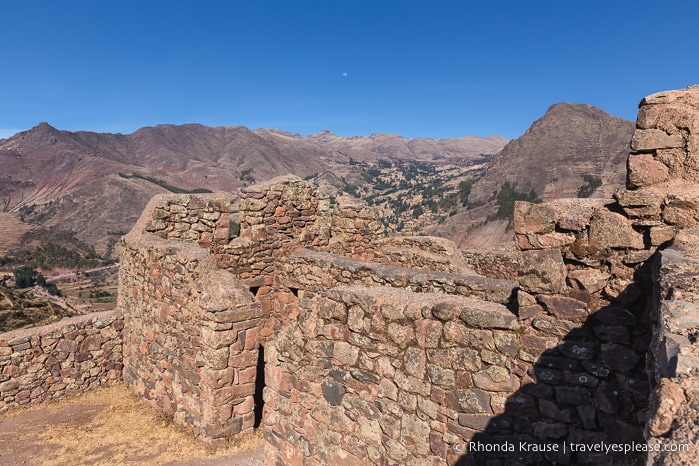
Tips for Visiting the Pisac Ruins
Location: The Pisac archaeological site is 33 km from Cusco (50 min drive) and 3.5 km from Pisac town.
Getting There: There are two ways to get to the Pisac ruins- drive or hike. If you drive, you’ll arrive at Qantus Raccay and get a fantastic first view of the terraces. If you take the hiking path, you’ll come up the opposite side of the hill, passing through the urban and ceremonial centres before arriving at Q’alla Q’asa and the agricultural area.
Admission: To enter Pisac you will need a Boleto Turistico (tourist ticket). It can be bought at the entrance (or in advance ONLINE) and used to visit most archaeological sites in the Cusco region.
Information was updated January 2025, but can change without notice. Please confirm directly with service providers.
Tours of the Pisac Archaeological Site
Here is a reputable site where you can book tours to Pisac and other sites in the Sacred Valley.
Accomodations Near the Pisac Ruins
For your convenience, here is a list of hotels in Pisac and in Cusco. Please consider booking your accommodations through the included link. It costs nothing extra and helps support this website. Thank you!

More Peru Destinations and Travel Guides
- Hiking the Inca Trail- What to Expect on the 4 Day Trek to Machu Picchu
- Flying Over the Nazca Lines- Peru’s Mysterious Geoglyphs
- Learning How to Sandboard in Huacachina, Peru
- Visiting the Magic Water Circuit in Lima- A Night of Fountains, Colour and Lights
